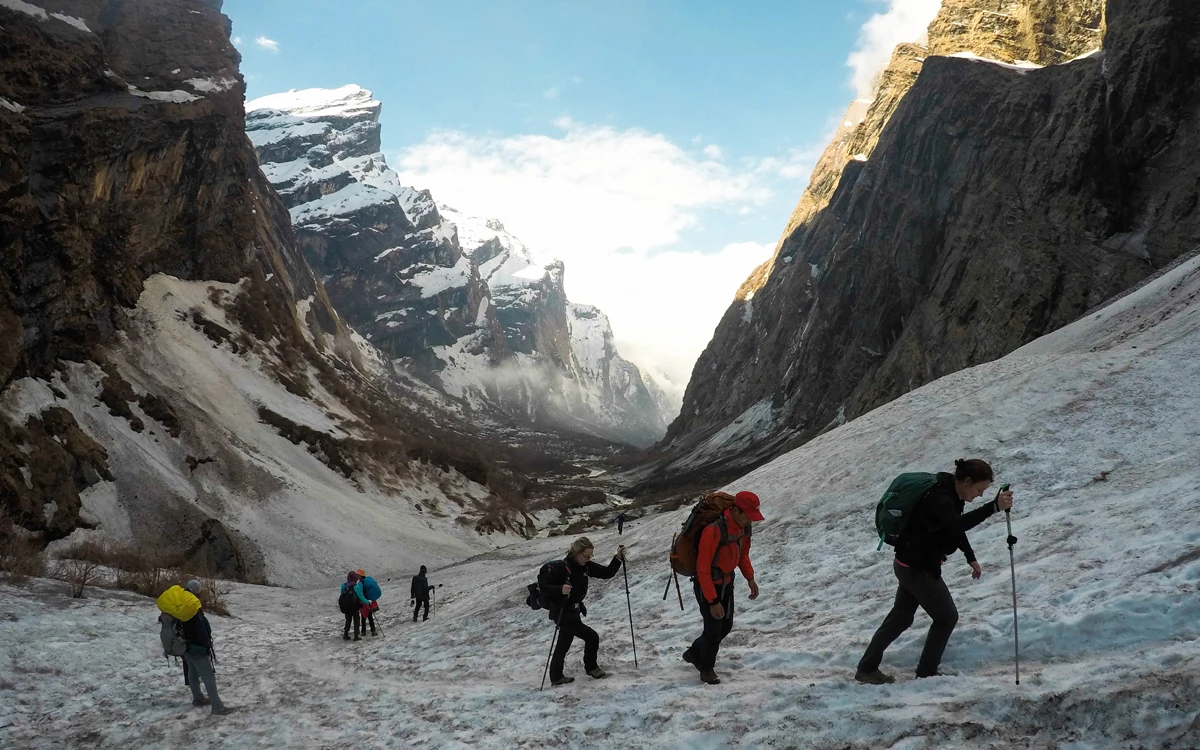
We are a group of highly trained, licensed guides with 10-15 years of experience. We offer our expertise and knowledge to explorers interested in a lifetime experience, adventure, and the thrill of being in the mountains.
Our team consists of 7 trekking guides, 4 expedition guides, and 15 porters, all locals from different areas in the mountain regions with a good command of English. We are familiar with all components of trekking, equipment, and diverse destinations.
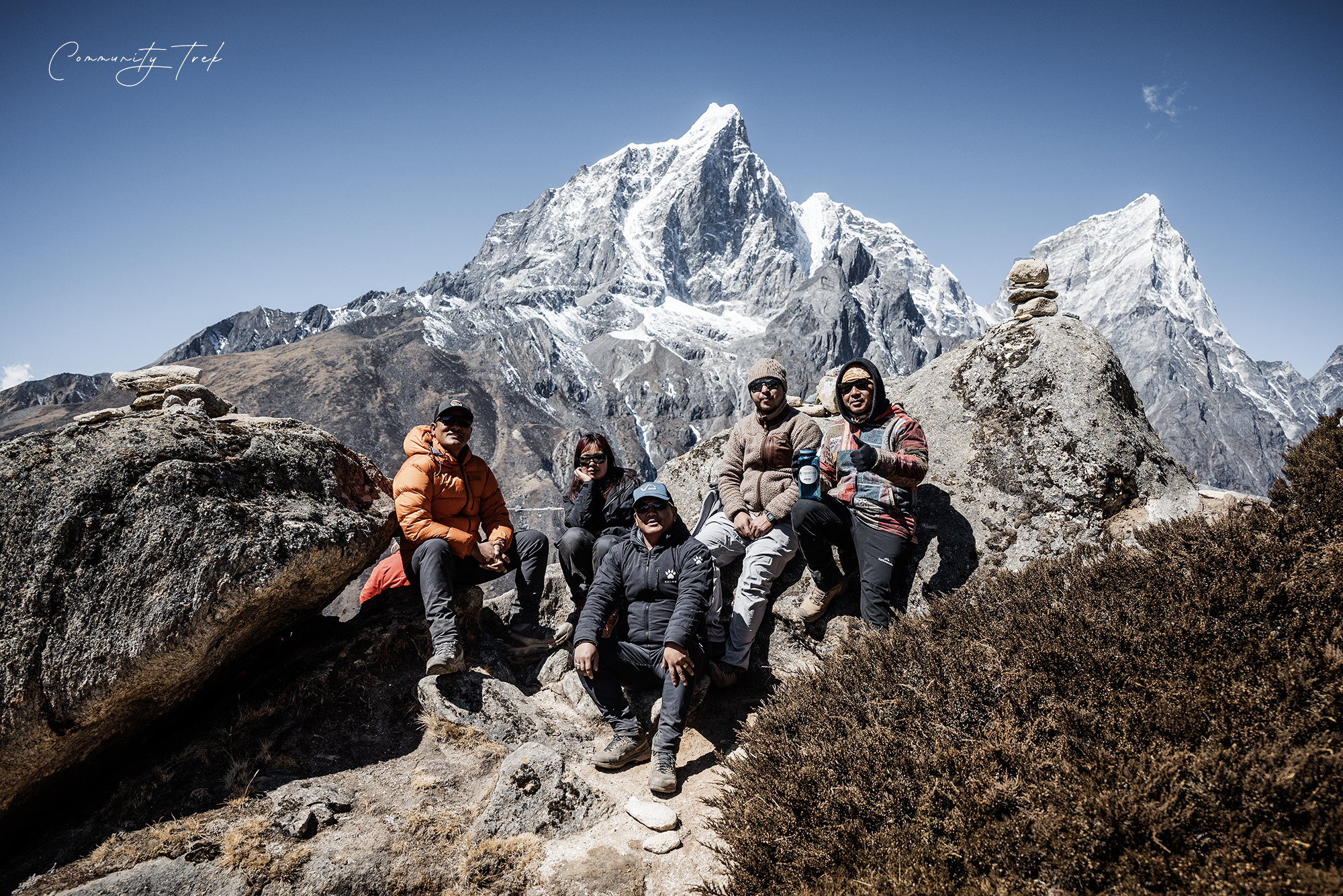
Nepal is one of the world’s most sought-after trekking and adventure destinations. From towering Himalayan peaks to ancient cultural sites, exploring this diverse country is an unforgettable experience. To make the most of your visit, hiring a trained and experienced guide is highly recommended. Let’s explore the different types of guides in Nepal, the training they undergo, and how they enrich your journey.
1️⃣ Trekking Guides:
Trekking guides are certified professionals who accompany trekkers through Nepal’s varied trekking routes. They are responsible for navigation, safety, health management, and sharing insights about the local environment, culture, and customs.
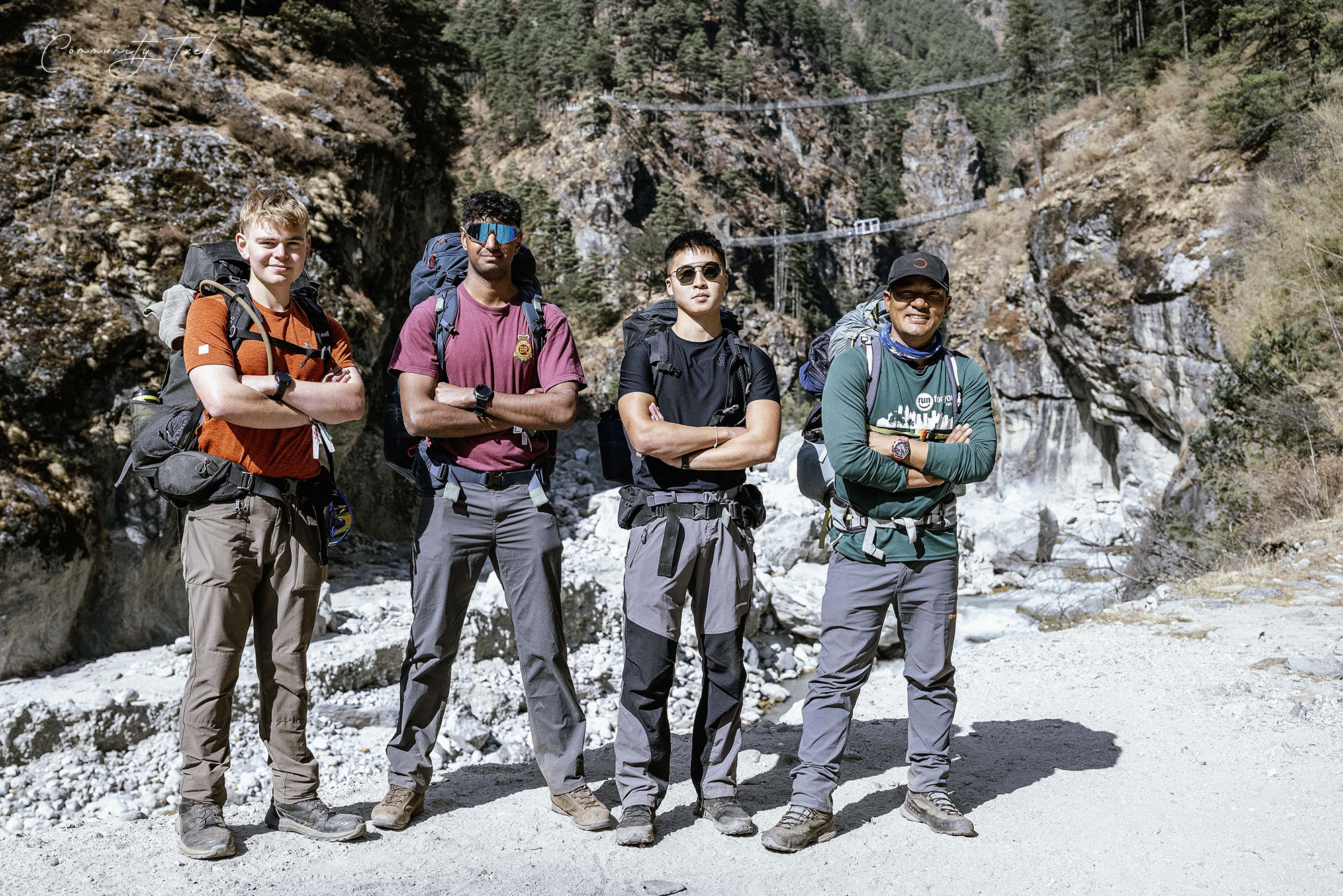
2️⃣ Climbing Guides:
Climbing guides in Nepal lead expeditions on both trekking peaks and major 8,000-meter expedition mountains. These include iconic summits such as Mount Everest (8,848m) in the Sagarmatha region, Kanchenjunga (8,598m) in the Kanchenjunga region, Lhotse (8,516m), Makalu (8,463m), Cho Oyu (8,201m), Dhaulagiri (8,167m), Manaslu (8,163m), and Annapurna (8,091m). In addition, they guide ascents of popular trekking peaks like Island Peak (6,189m), Mera Peak (6,476m), Lobuche East (6,119m), Yala Peak (5,700m), Pisang Peak (6,091m), Chulu West (6,419m), Dhampus Peak (6,012m), Pokalde Peak (5,806m), Pharchamo Peak (6,187m), Tent Peak (5,663m), and many others. These guides are responsible for managing all technical climbing aspects, ensuring high-altitude safety, and successfully leading summit attempts.
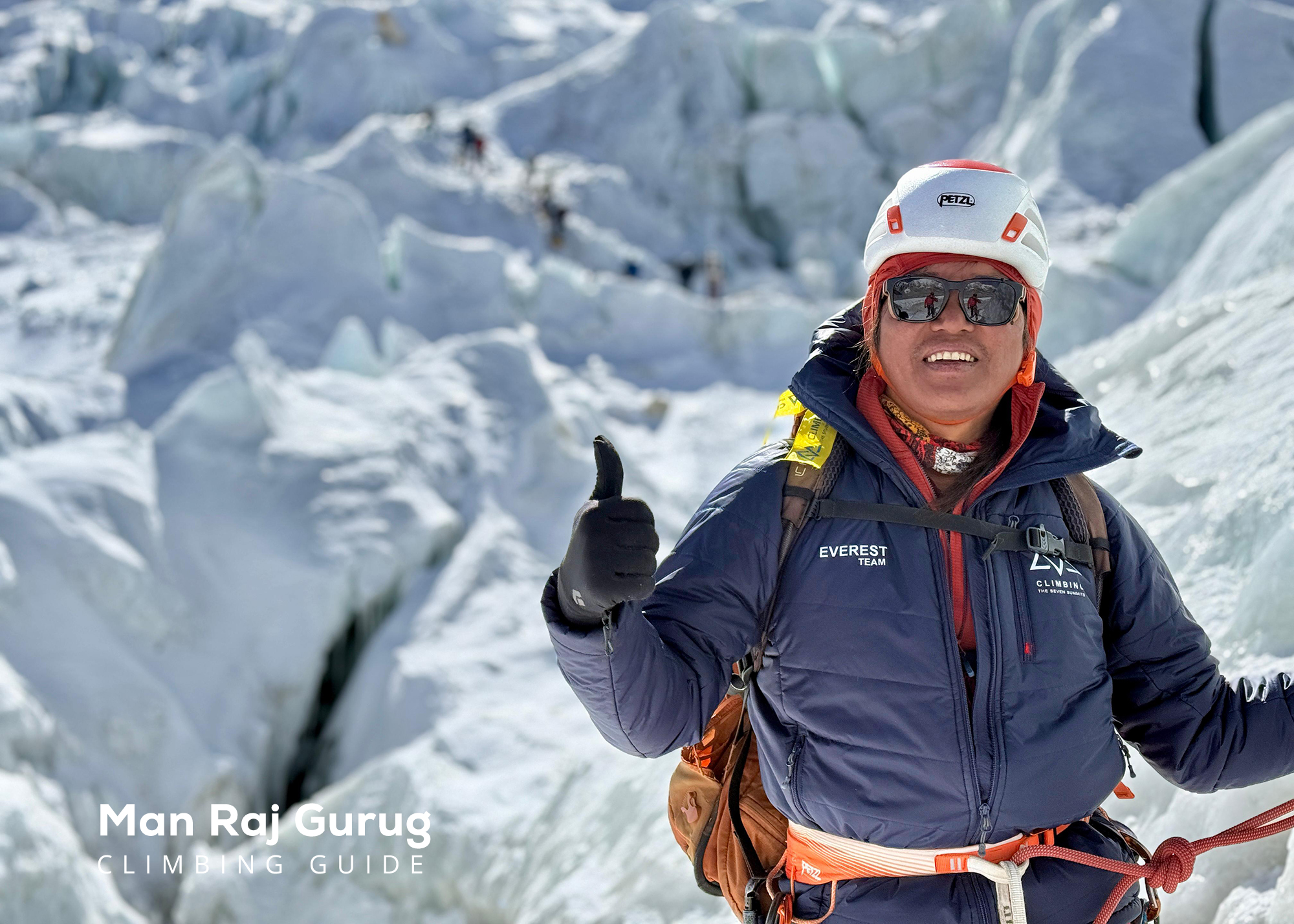
3️⃣ Cultural and City Guides:
These guides offer expert knowledge about Nepal’s history, religion, art, and culture. They typically lead tours in Kathmandu, Bhaktapur, Patan, and cultural heritage sites throughout the country.
4️⃣ Photography Trek Leaders:
Specialist guides with expertise in photography treks, these professionals understand lighting, landscapes, and local customs, helping travelers capture perfect photos while navigating challenging environments.
5️⃣ Porter-Guides:
A hybrid of a porter and guide, this option is popular for short treks or budget-conscious travelers. Porter-guides carry gear while offering basic route information and local knowledge.
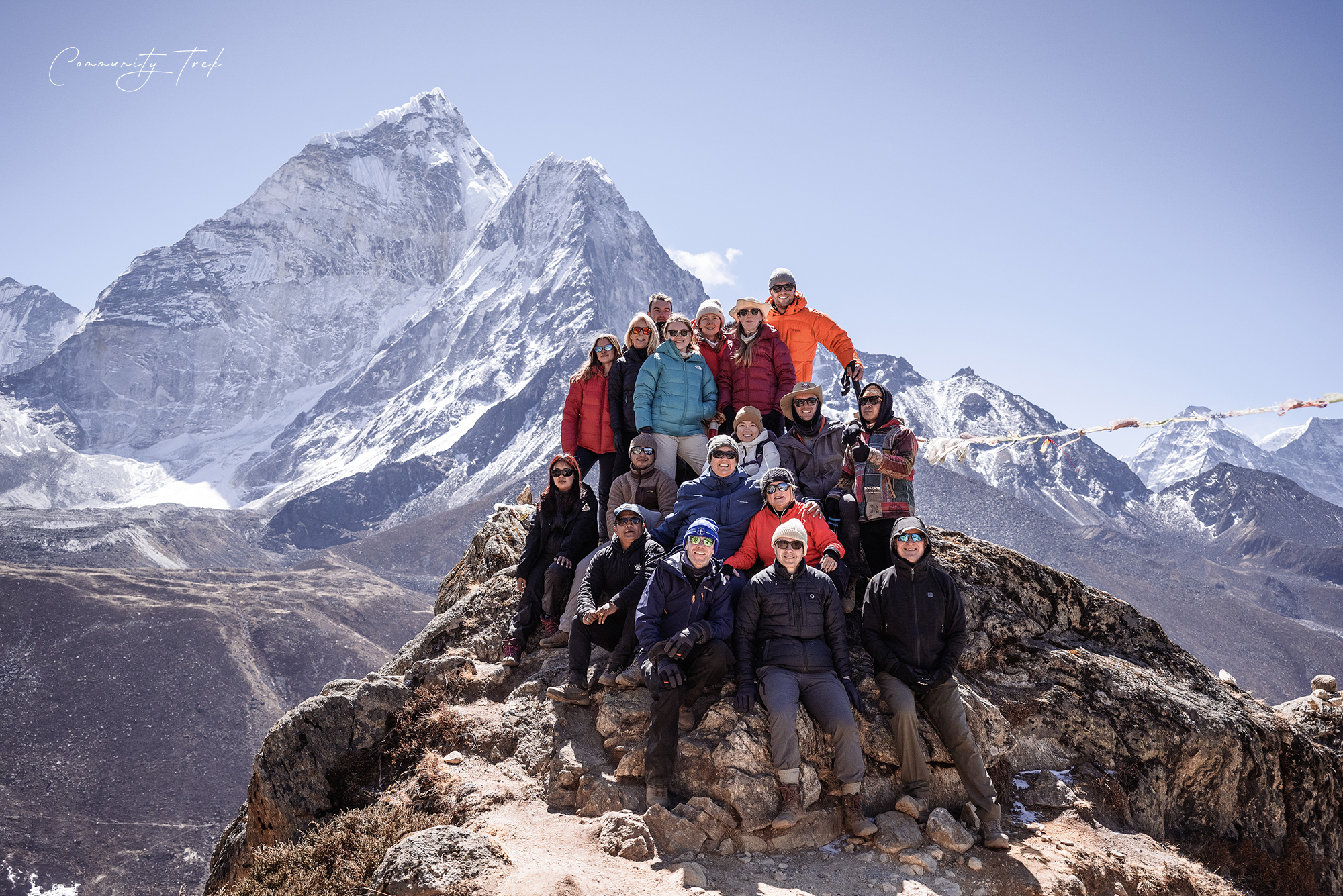
Nepal’s tourism industry requires licensed guides to complete formal training programs under the supervision of the Nepal Academy of Tourism and Hotel Management (NATHM) or similar authorized institutions. Key certifications include:
✅ Trekking Guide License – requires completing a comprehensive trekking guide course covering first aid, altitude sickness, geography, culture, and trail management.
✅ Climbing Guide Certification – awarded after advanced mountaineering training at recognized institutions like Nepal Mountaineering Association (NMA) and/or UIAGM/IFMGA for international standard climbs.
✅ Cultural Guide License – requires studies in Nepalese history, religion, and culture, alongside language proficiency tests.
✅ First Aid & High-Altitude Training – most professional guides regularly undergo wilderness first aid and altitude illness management training.
Traveling with a trained, licensed guide offers far more than just navigation support. Here’s why:
Enhanced Safety:
A professional guide monitors your health, ensures proper acclimatization, and manages any emergencies such as altitude sickness or weather challenges.
Local Expertise:
Guides provide deeper insight into the local culture, traditions, and natural environment — things you might otherwise overlook as a solo traveler.
Better Logistics Management:
From organizing accommodation to handling permits and meals in remote regions, a guide ensures your trek runs smoothly.
Cultural Connection:
Experienced guides help bridge the gap between travelers and local communities, facilitating genuine cultural exchanges in remote mountain villages.
Photography Guidance:
On photography treks, guides who understand both trekking routes and light conditions can help you reach the perfect vantage points at just the right moment.
Supports Responsible Tourism:
Hiring a guide contributes to the local economy, providing fair employment and promoting sustainable tourism practices in Nepal’s mountain regions.
Whether you’re trekking to Everest Base Camp, climbing High Mountain, or exploring ancient monasteries in Kathmandu, traveling with a qualified guide ensures a safer, richer, and far more rewarding experience. Their expertise, cultural wisdom, and professional training make them invaluable companions on your Himalayan adventure.
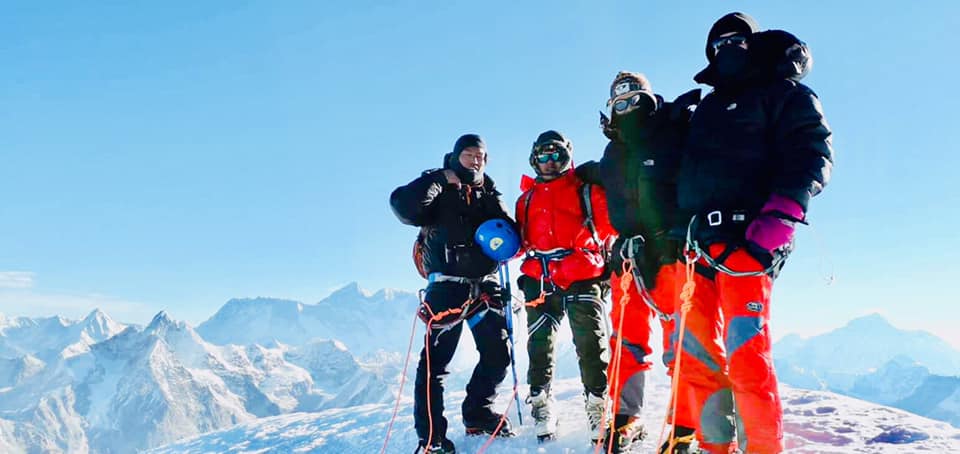
If you are looking for guides and porters, we can arrange them according to your budget.
Our prices are as follows:
Please note that these prices are subject to change depending on the specific trek or expedition, CONTACT for details. Also, you can remember us for the Vehicle Rental around Nepal.